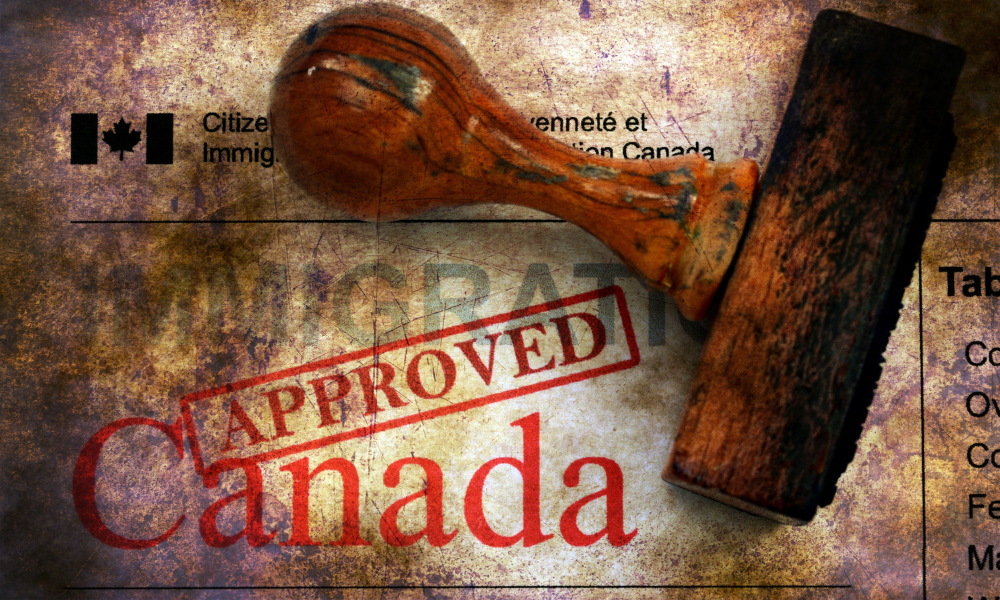Financial restructuring is one of the many steps that you can take when facing economic challenges. However, there are different types of financial restructuring that you may want to consider according to your existing assets and financial needs.
What is financial restructuring in Canada?
Generally, restructuring is a broad term that refers to the changes made by an entity (business, company, or corporation) to its financial system or operations.
There are two common types of restructuring:
- operational restructuring
- financial restructuring
Depending on the company's needs, it may undergo one or both types of restructuring.
Why restructure?
Restructurings are done usually to address the financial crisis of the company, such as when the company becomes insolvent. It can also result from a prior transaction, such as a merger or acquisition.
In other cases, the top management may decide to do restructuring to adapt to the current market conditions and to increase its profitability.
This video explains the different types of restructuring:
If you’re from Winnipeg looking for a lawyer for help with restructuring, contact the best insolvency and financial restructuring lawyers in Manitoba as ranked by Lexpert.
Canadian laws on restructuring
Corporate restructurings in Canada are regulated by different federal laws:
- Bankruptcy and Insolvency Act (BIA)
- Companies’ Creditors Arrangement Act (CCAA)
- Canada Business Corporations Act (CBCA)
- Winding-Up and Restructuring Act (WURA)
The BIA, CCAA, and CBCA have different restructuring options for insolvent companies. On the other hand, WURA mostly applies to restructuring of financial institutions.
Types of financial restructuring
The types of financial restructuring in Canada can be divided into two:
- according to process
- according to law
According to process
There are two common types of financial restructuring according to process: debt restructuring and equity restructuring.
When Canada’s laws on restructuring talk about specific process, it can sometimes refer to debt restructuring, equity restructuring, or both.
These types of financial restructuring can also be done by companies even if they are not in a financial crisis.
Debt restructuring
Debt restructuring is a type of financial restructuring that involves methods to reduce overall debt such as:
- re-negotiating debts that are yet to become due for better terms
- paying debts that have become due based on their burden or weight
- creditors writing off existing debts in exchange for the company’s equity
This is to redirect the company’s limited cashflow for its profit-making activities, rather than for debt servicing.
Equity restructuring
Equity restructuring is another type of financial restructuring that uses the company’s existing equity and assets to bring in more capital.
This will help ease the company’s need for more cash, such as for its operational expenses.
Some ways to doing equity restructuring are:
- selling existing but dormant assets
- buying shares of stock from shareholders for more value
- converting equity capital to loans or preferred shares
According to law
The BIA, CCAA, and the CBCA have different types of financial restructuring that an insolvent individual or company in Canada can make use of.
These processes are still related to debt and equity restructuring since the plans or proposals under these laws can use one or both these methods.
BIA restructuring
A BIA restructuring requires the insolvent person or business to come up with a proposal that must be approved by their creditors. This proposal can be a debt restructuring or equity restructuring.
There are two types of proposals under the BIA:
- consumer proposal
- Division 1 proposal
For financial restructuring of businesses, the Division 1 proposal is more appropriate as it applies to both insolvent individuals and businesses.
Unlike a consumer proposal, a Division 1 proposal does not require a specific amount of debt that the business has before it can use its restructuring process.
The process of Division 1 proposal is summarized below:
- The Licensed Insolvency Trustee (LIT) will file the insolvent’s notice of intention with the Office of the Superintendent of Bankruptcy (OBS)
- A copy of the notice of intention and a report on the affairs of the insolvent will be sent to their creditors
- The proposal will be filed with OBS within 30 days from the filing of the notice of intention
- A creditors’ meeting will be held for them to vote on the proposal
- If the proposal is accepted, both the creditors and the insolvent is bound to follow its conditions
- If the proposal is not accepted, the insolvent will be declared bankrupt
After filing a notice of intention, the Division 1 proposal will “stay” or stop the following:
- payments to unsecured creditors
- lawsuits against the insolvent
This is to give the insolvent more time and resources to fulfill the conditions of the approved proposal.
CCAA restructuring
CCAA provides one of the types of financial restructuring for insolvent corporations (not individuals). To be eligible for CCAA restructuring, the insolvent corporation must have debts of more than $5 million.
Here, the CCAA gives the insolvent corporation an opportunity to restructure itself within a short period. This will prevent the insolvent corporation from other negative effects so its business can continue.
The financial restructuring under CCAA follows the procedure below:
- Insolvent company files an “initial application” with the court
- The court issues an initial order, if the application is accepted, to protect the insolvent corporation from any legal action from its creditors for 30 days
- Within this period, the insolvent corporation will have time to come up with its “Plan of Compromise” or “Plan of Arrangement”; this plan can either be a financial or an operational restructuring, or both
- The creditors (through a creditors’ meeting) and the court will either sanction the plan or not
CBCA restructuring
The process of restructuring under CBCA follows a slightly similar process with the BIA and the CCAA. The corporation will apply for an interim court order, and a creditors’ meeting will be called to vote on the proposed restructuring plan.
A corporation cannot be insolvent under the CBCA restructuring.
Financial restructuring as a tool
Whether facing insolvency or simply adapting to market changes, understanding the different types of financial restructuring empowers you to make informed decisions. Guided by laws like the BIA and CCAA, various tools and strategies are there to help address financial challenges. Consulting with a skilled legal professional can guide you through the specific options best suited to your unique situation.
For an in-depth look at these different types of financial restructuring under Canadian law, consult with the Lexpert-Ranked best insolvency and financial restructuring lawyers in Canada.
Related Articles:





